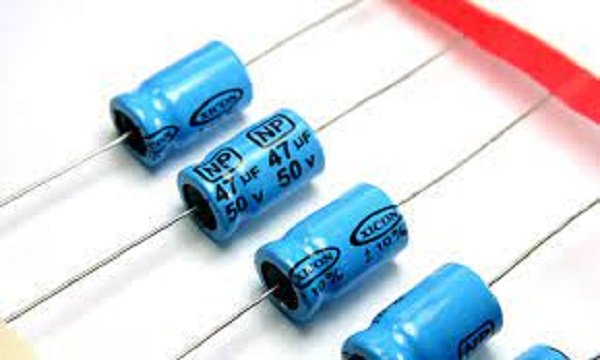Combining non-polar capacitors in a circuit involves connecting them in series or parallel to achieve the desired capacitance and voltage ratings. Non-polar capacitors, such as ceramic capacitors or tantalum capacitors, don’t have a specific polarity like electrolytic capacitors, so you don’t need to worry about connecting them with a specific orientation.
Combine non-polar capacitors
- Connecting in Series:
- When you connect capacitors in series, the reciprocal of the total capacitance is equal to the sum of the reciprocals of the individual capacitances. The formula is: 1�total=1�1+1�2+1�3+…
- Ensure that each capacitor has the same voltage rating or choose a total voltage rating that is higher than the maximum voltage across any individual capacitor.
- Connecting in Parallel:
- When you connect capacitors in parallel, the total capacitance is the sum of the individual capacitances: �total=�1+�2+�3+…
- Again, make sure that the voltage rating of each capacitor is sufficient for the application, and it’s better to choose capacitors with similar voltage ratings.
- Mixing Capacitor Types:
- While combining non-polar capacitors, you can mix different types (e.g., ceramic and tantalum) as long as they have the same voltage ratings and are used in a way that adheres to the electrical requirements of your circuit.
- Decoupling Capacitors:
- In some cases, you might want to combine capacitors for decoupling purposes (reducing noise and stabilizing voltage). In this scenario, using capacitors with different capacitance values might be intentional to cover a broader frequency range.
Relation Of Jurisprudence With Other Social Science
Always check the datasheets of the capacitors for their specific characteristics, and ensure that the combined capacitors meet the requirements of your circuit. If you have specific values or requirements in mind, providing more details can help in giving more precise guidance.

